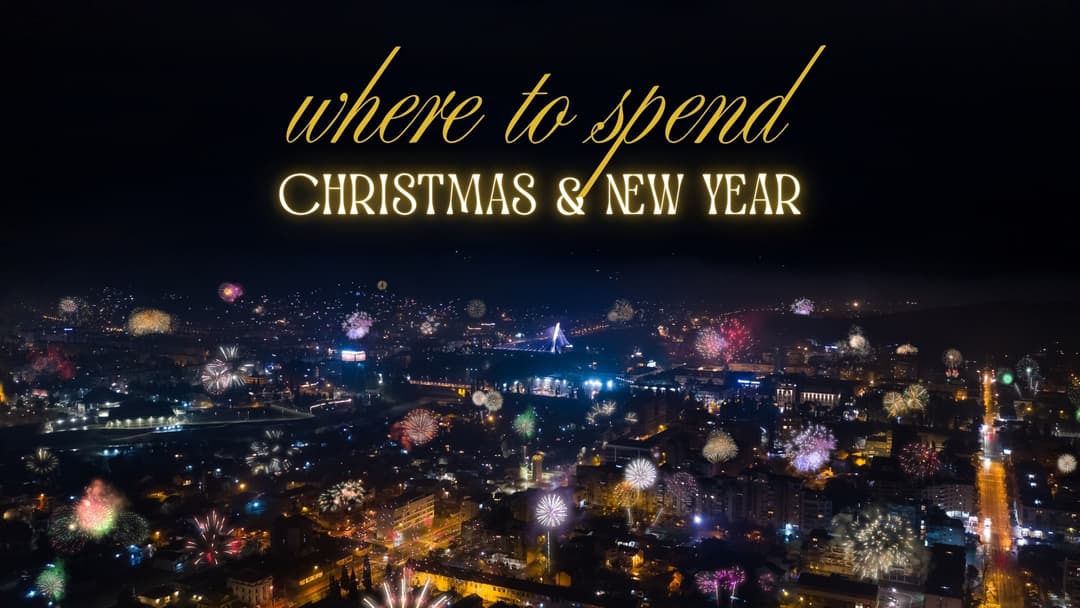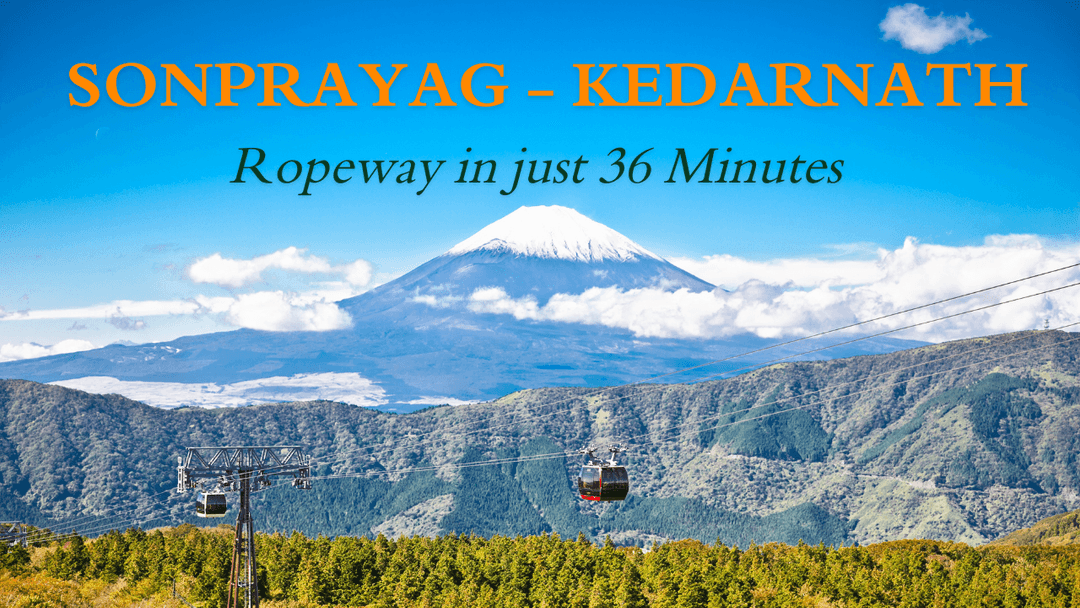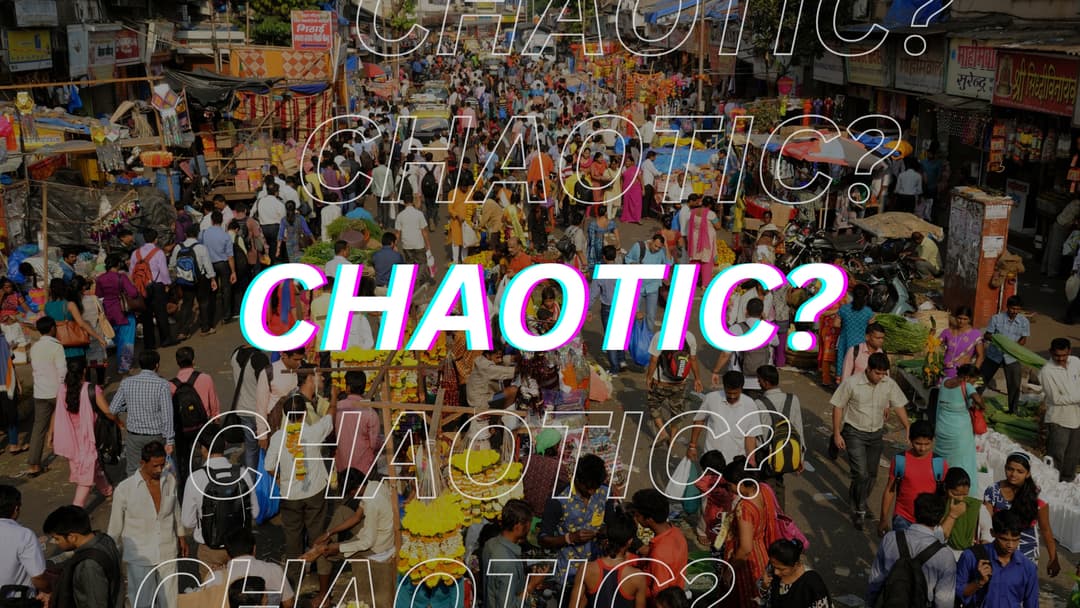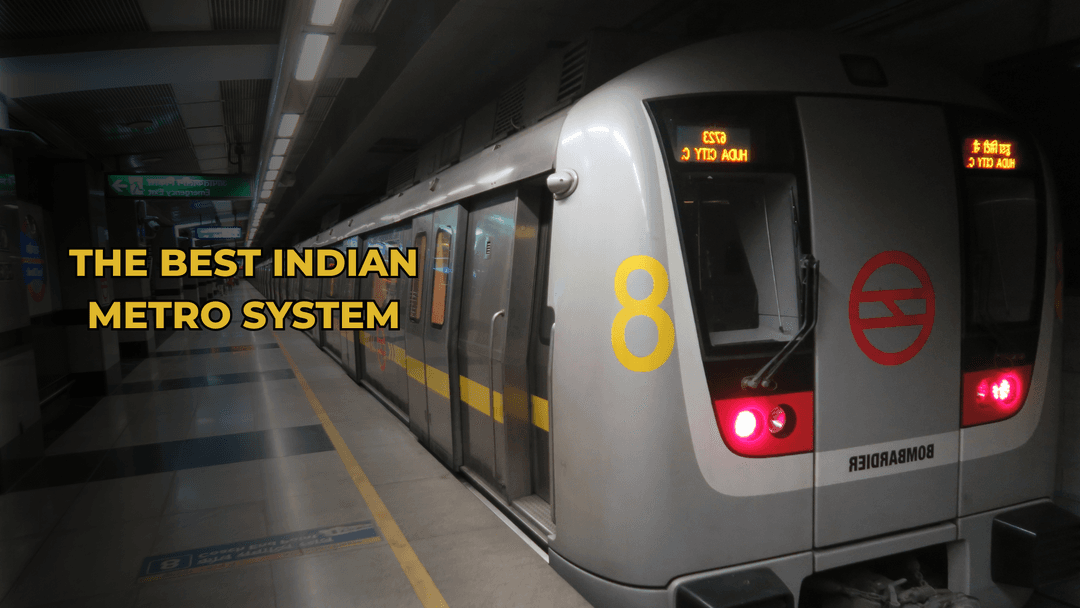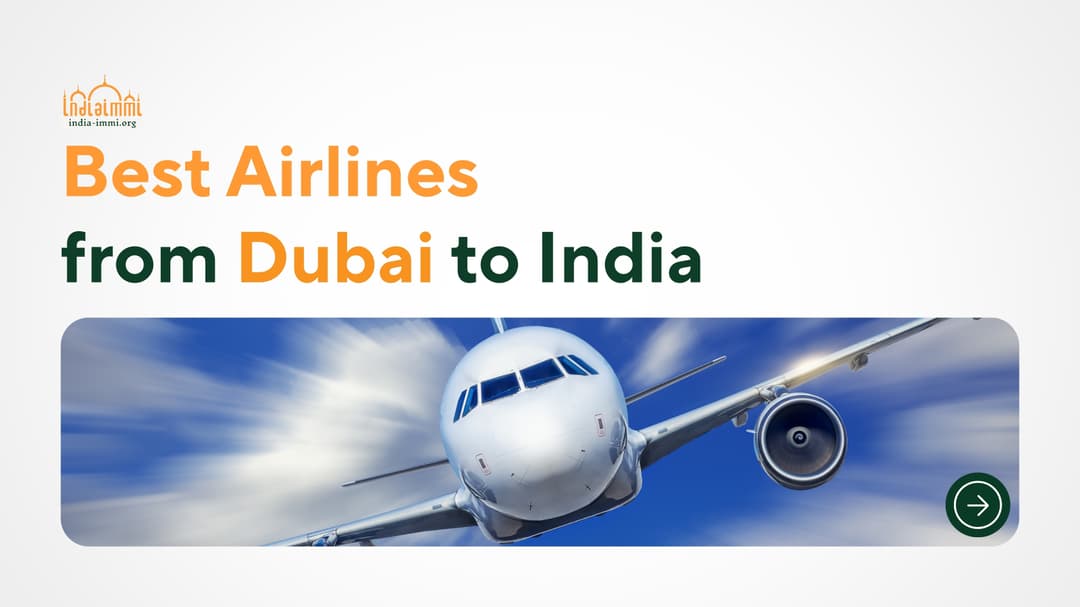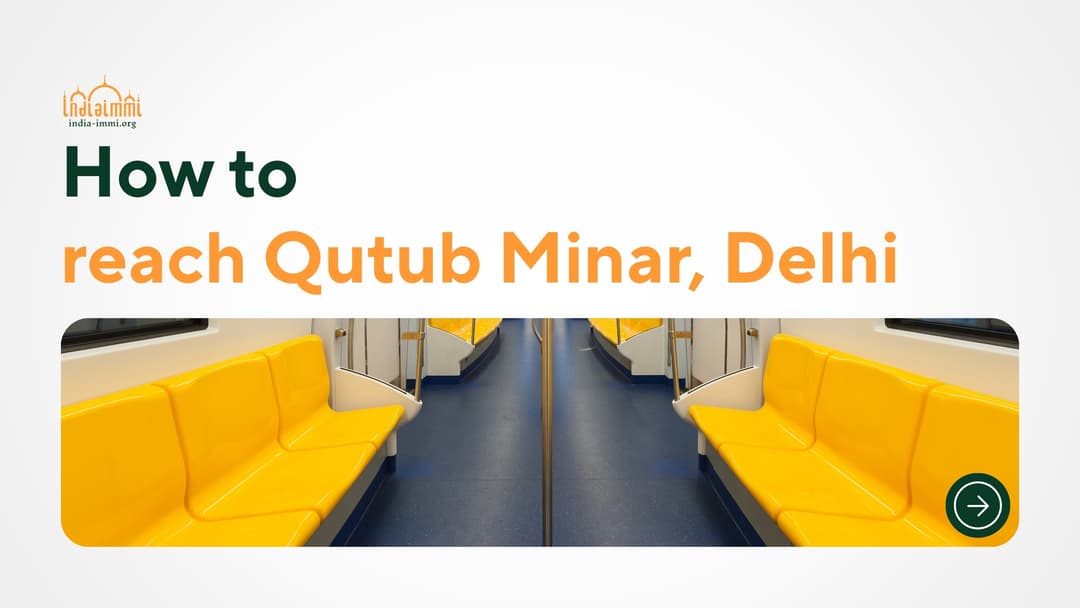India’s railway system is among the largest and most complex in the world, with more than 68,000 kilometres of track and over 7,300 stations. Trains are not only the primary mode of transport but also an integral part of Indian culture. Travelling by train offers unique experiences, ranging from luxurious comfort to authentic encounters with local life.
1. Popular Train Categories for Tourists
Express Trains (Rajdhani Express, Shatabdi Express, Duronto Express)
Express services connect major cities and New Delhi with minimal stops. These trains are fully air-conditioned and provide on-board meals. They are ideal for long-distance travel or journeys between major tourist hubs.
Image: Rajdhani Express, literally meaning “capital”, is among the fastest trains in the country. It offers complimentary meals and fully air-conditioned coaches. Source: Travelogy India.
Luxury Tourist Trains
For travellers seeking an exclusive experience, luxury trains such as Palace on Wheels and Maharajas’ Express provide a royal journey. These trains are inspired by historical royal carriages and feature modern amenities such as televisions, telephones, private bathrooms, and minibars. Passengers also enjoy fine dining, bar lounges, spas, gyms, and private waiting areas.
These trains operate on selected routes and stop at iconic destinations, allowing visitors to disembark for sightseeing.
Image: The elegant Palace on Wheels luxury train. Source: Travelogy India
Mountain Railways (Toy Trains)
Narrow-gauge railways traverse spectacular hill regions, offering scenic views. Famous routes include the Kalka–Shimla Railway and the Darjeeling Himalayan Railway, both recognised as UNESCO World Heritage Sites.
Image: The Darjeeling Himalayan Railway, often called the “Toy Train”, passing through scenic mountain landscapes. Source: Indian Luxury Trains.
Image: The Kalka–Shimla Railway, a UNESCO World Heritage route in Himachal Pradesh. Source: Indian Luxury Trains.
Passenger and Local Trains
These are the most affordable trains, making frequent stops across short distances. However, they are often crowded and lack amenities, making them less suitable for international travellers.
The Buddhist Circuit Train
This specialised service connects sacred Buddhist sites in India and Nepal. The train is fully air-conditioned and offers modern facilities such as restaurants and private bathrooms. Key stops include Bodh Gaya (enlightenment site), Sarnath (first sermon), Kushinagar (Mahaparinirvana), and Lumbini (birthplace of the Buddha).
Image: On-board facilities of the Buddhist Circuit Train, operated by IRCTC. Source: IRCTC.
2. Classes of Travel and On-Board Facilities
Air-Conditioned Classes (AC)
-
First AC (1A): The most premium class, with private cabins and comfortable berths. Quiet, secure, and ideal for those valuing privacy.
-
AC 2-tier (2A): A common choice for international travellers. Four berths per cabin, with curtains for privacy.
-
AC 3-tier (3A): More economical, with six berths per cabin. Air-conditioned and generally safe.
Sleeper Class (SL)
Non-air-conditioned, open-plan coaches with six to eight berths per compartment. While affordable and popular with locals, they may feel crowded and require extra care regarding safety and hygiene.
Image: Sleeper Class coach interior. Source: Google licensed images.
Chair Car (CC)
Reserved seating for daytime journeys, with comfortable seats and air-conditioning.
3. Facilities and Travel Tips
-
Food: Express and luxury trains provide complimentary meals. On other routes, passengers may buy meals at stations, from on-board vendors, or via the IRCTC mobile application.
-
Safety: Keep personal belongings secure. Foreign tourists are advised to choose AC classes for better safety and cleanliness.
-
Luggage: Unlike airlines, there are no strict weight restrictions, but compact luggage is recommended.
-
Restrooms: Most trains provide both Western and Indian-style toilets. Hygiene is better on higher-class and luxury services. Carry tissues and hand sanitiser.
4. How to Book Train Tickets
Booking tickets in India can be complex, but the following methods are widely used:
-
Online Travel Agencies (OTAs): Websites such as 12Go Asia and MakeMyTrip offer user-friendly platforms that accept international cards.
-
IRCTC Official Website: The Indian Railway Catering and Tourism Corporation (IRCTC) provides direct booking. Registration may be challenging for foreigners, but the Foreign Tourist Quota makes it easier to secure tickets, especially during peak seasons.
Requirements: A valid passport, working email, and international bank card are necessary. Depending on the train, tickets can be booked from 120 to 365 days in advance.
When boarding, passengers only need to present the electronic ticket (E-ticket) stored on their phone, along with their original passport.
Note: To create an IRCTC account and purchase tickets, foreign tourists must provide a valid passport and visa. The most convenient option is the Indian eVisa, which can be processed within 1–4 business days depending on the category.
Before planning your rail journey, ensure you are eligible for an eVisa. Use the following quick-check tool to confirm your eligibility and apply online.




